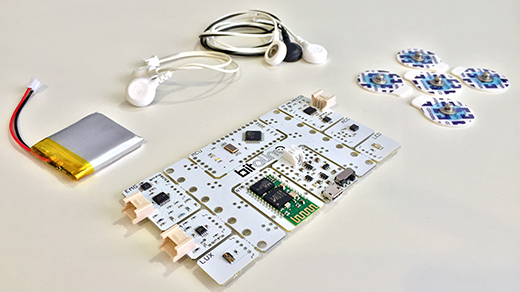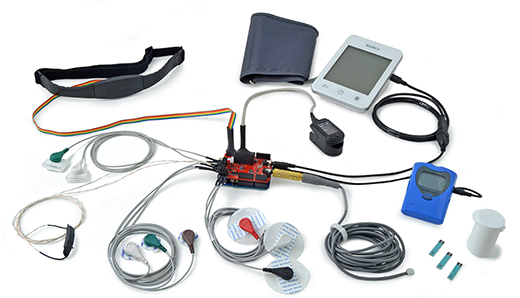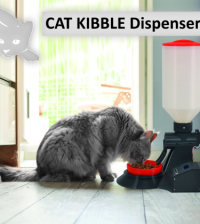- makeITcircular 2024 content launched – Part of Maker Faire Rome 2024Posted 2 weeks ago
- Application For Maker Faire Rome 2024: Deadline June 20thPosted 2 months ago
- Building a 3D Digital Clock with ArduinoPosted 7 months ago
- Creating a controller for Minecraft with realistic body movements using ArduinoPosted 7 months ago
- Snowflake with ArduinoPosted 8 months ago
- Holographic Christmas TreePosted 8 months ago
- Segstick: Build Your Own Self-Balancing Vehicle in Just 2 Days with ArduinoPosted 8 months ago
- ZSWatch: An Open-Source Smartwatch Project Based on the Zephyr Operating SystemPosted 9 months ago
- What is IoT and which devices to usePosted 9 months ago
- Maker Faire Rome Unveils Thrilling “Padel Smash Future” Pavilion for Sports EnthusiastsPosted 10 months ago
Top 5 physiological computing platforms roundup, part 1/3
Physiological computing focuses on the use of biosignals for the development of interactive software and hardware systems capable of sensing, processing, reacting, and interfacing the digital and analog worlds.
However, biosignals have specific requirements for which typical physical computing platforms are not particularly tuned. Until recently, many projects ended up hindered by high costs and limited access to suitable hardware materials.
That scenario is different today, partially thanks to 5 open source DIY platforms. Follow us to discover more!
BITalino
For hassle-free usage, the hardware bundles multiple biosignal sensors, an ATMega328p microcontroller pre-programmed for real-time data streaming, a Bluetooth wireless interface, and a power-management block with a built-in LiPo battery charger. The software includes the OpenSignals real-time visualizer, programming APIs, and plenty of examples. OpenSignals is actually quite cool for rapid prototyping, given that it uses the “batteries-included” Python for high demanding tasks and HTML/CSS/JS for the UI—just check out the bare bone on GitHub.
Libelium e-Health Sensor Platform
A medical armamentarium in a board is perhaps the best way to describe the e-Health Sensor Platform made by Libelium’s Cooking Hacks open hardware division. This shield works together with an Arduino or Raspberry Pi and features blood pressure, glucose, airflow, oxygen saturation, and many other sensors you’d expect to see only on a hospital bedside. There are multiple interface options to choose from, including WiFi, 3G, ZigBee, and even the use of a camera to capture photos or videos.

















